Fixed Assets Journal Entries

Depreciation is a method used in accounting to allocate the cost of an asset over its useful life. It is an important concept in accounting as it helps in determining the true value of an asset over time. Depreciation is the decrease in the value of an retained earnings balance sheet asset due to wear and tear, obsolescence, or other factors that cause the asset to lose its value over time. Now let’s see how to calculate the depreciation expense for each of the depreciation methods. A depreciation schedule outlines the depreciation expense for each accounting period over an asset’s useful life.
Bookkeeping Journal Entries for Asset Depreciation, Asset Sale, and Asset Write-off: Your Essential Guide
The accounting method used to calculate depreciation can vary depending on the asset and the company’s accounting policies. Some common methods include straight-line depreciation, declining balance depreciation, and units of production depreciation. This is because there are accounts involved – depreciation expense and accumulated depreciation, which are debited and credited, respectively.
Accounting Entry for Depreciation – Meaning, Examples, & How to Calculate It
For example, an asset’s market value could be higher if it’s in high demand or lower if it’s outdated or hard to sell. A depreciation expense is the total amount deducted each period from the asset’s value. This helps match the expense of using an asset with the revenue it helps generate. The net book value of $1,000 at the end of year 5 is the scrap value that can be sold.
Benefits of Depreciation Accounting Entry
This process ensures that the expense recognition aligns with the revenue generated from the asset’s use, adhering to the matching principle in accounting. If an asset’s value increases, this increase is not included in the depreciation journal entry. Instead, the increase is recorded separately—typically as a revaluation adjustment or appreciation—to reflect the asset’s new fair value on the balance sheet. Carrying cost refers to the value of an asset as it appears on the balance sheet. It’s calculated as the original purchase price minus accumulated depreciation. In accounting, carrying cost provides a clear picture of an asset’s book value over time.
- This expense is presented in the income statement while the accumulated depreciation is presented in the Balance Sheet as the contra account of the fixed assets.
- Salaries are treated as an expense in the books of business, so when the salary is paid, the Salary account gets debited and the cash/bank A/c gets credited.
- The double-declining balance method spreads out depreciation more heavily in the earlier years of an asset’s life.
- A business may allow or receive a discount at the time of full and final settlement of the accounts of debtors or creditors.
- It is important to note that depletion is also a method of allocating the cost of natural resources over their useful life.

HighRadius stands out as a challenger by delivering practical, results-driven AI for Record-to-Report (R2R) processes. On track for 90% automation by 2027, HighRadius is driving toward full finance autonomy. With a useful life of five years, the depreciation rate for the asset (2/useful life) which account is credited in a journal entry to record depreciation on machinery? will be 0.4. Yes, depreciation can be adjusted for changes in asset usage, disposal, or revision of useful life estimates.
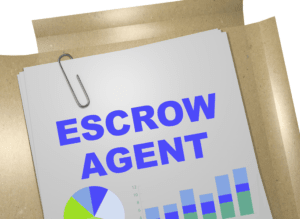
One common mistake is recording depreciation in the wrong accounting period. For example, you might forget to record it at the end of the month or year, or worse, record it too early or late. By doing this, you’re showing that the machinery is now worth ₹10,000 less. This keeps Accounting for Technology Companies your financial records accurate, showing the real value of the machinery. When you buy machinery for your business, it’s important to record how its value decreases every year.
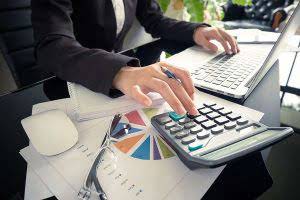

Depreciation expense is, as the name implies, an income statement account (those entries are not shown above). Now, debit your Depreciation Expense account $2,000 and credit your Accumulated Depreciation account $2,000. Some people forget to adjust the accumulated depreciation when they sell or dispose of an asset. This would give a false picture of how much your assets are really worth. By making this entry, you’re adjusting your records to show that ₹5,000 of value has been lost from the equipment over the year.
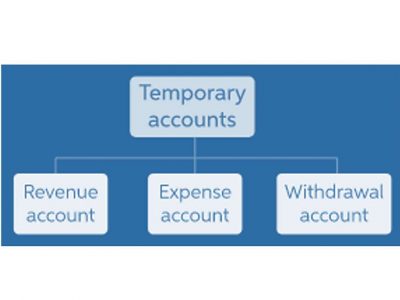
Accounting for Asset Disposal
Depreciation is used for tangible assets such as buildings, machinery, and equipment. The purpose of depreciation is to reflect the gradual loss of value of these assets over time due to wear and tear, obsolescence, and other factors. The generally accepted accounting principles (GAAP) require that companies use a consistent and appropriate method to calculate depreciation.
By mastering these journal entries, you can enhance financial clarity and ensure compliance with regulatory requirements. A depreciation journal entry records the periodic allocation of an asset’s cost as an expense on the income statement and reduces its value on the balance sheet. Making sure your depreciation journal entries are recorded correctly helps you stay on top of your fixed asset management. It’s also key to providing accurate financial reports that reflect the true value of your business assets. A standard depreciation journal entry includes a debit to the depreciation expense account and a credit to the accumulated depreciation account. The depreciation account is a contra asset account that is used to record the decrease in the value of an asset.


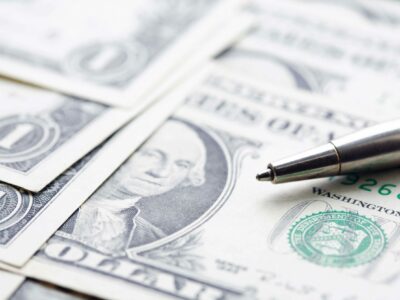
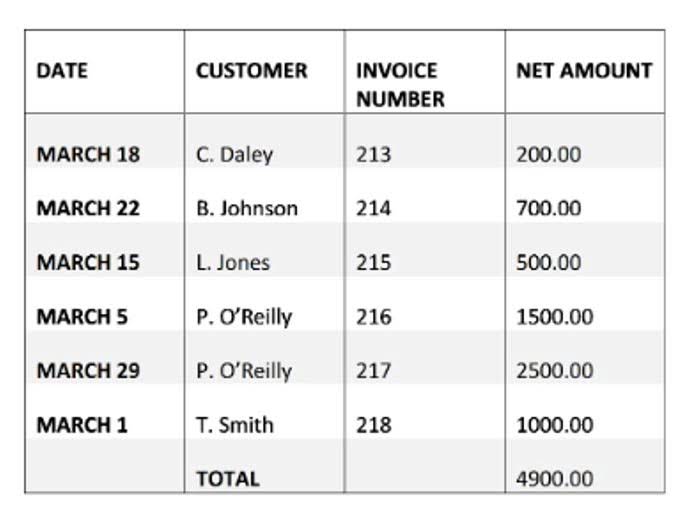
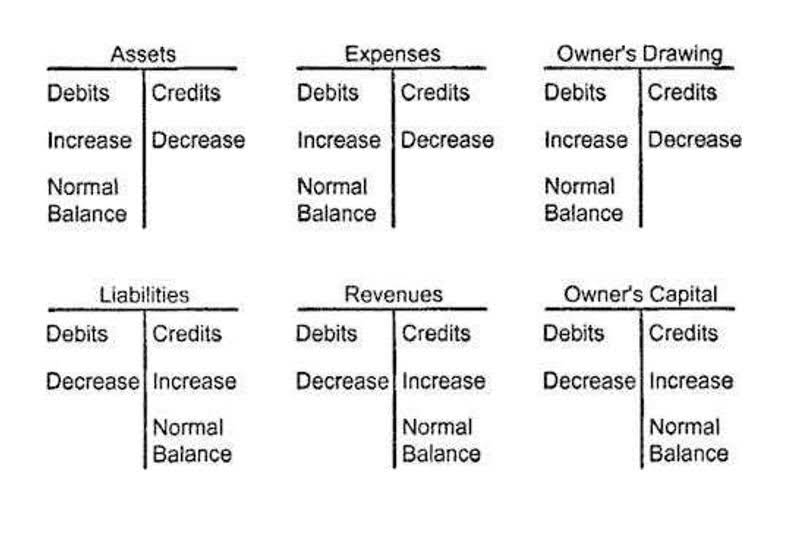
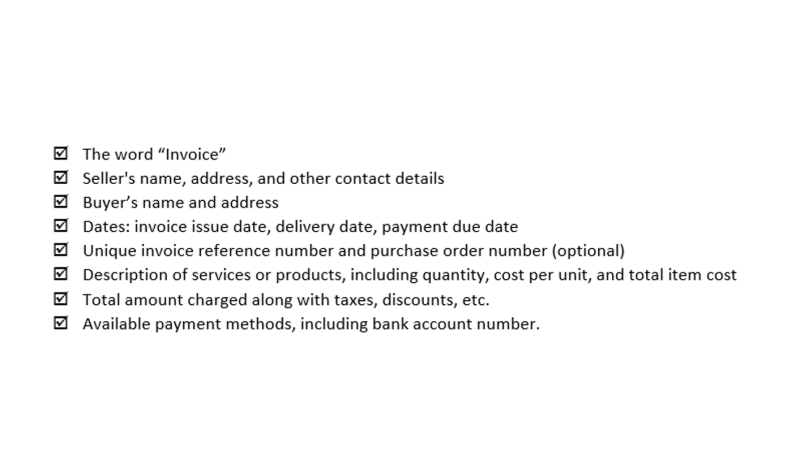
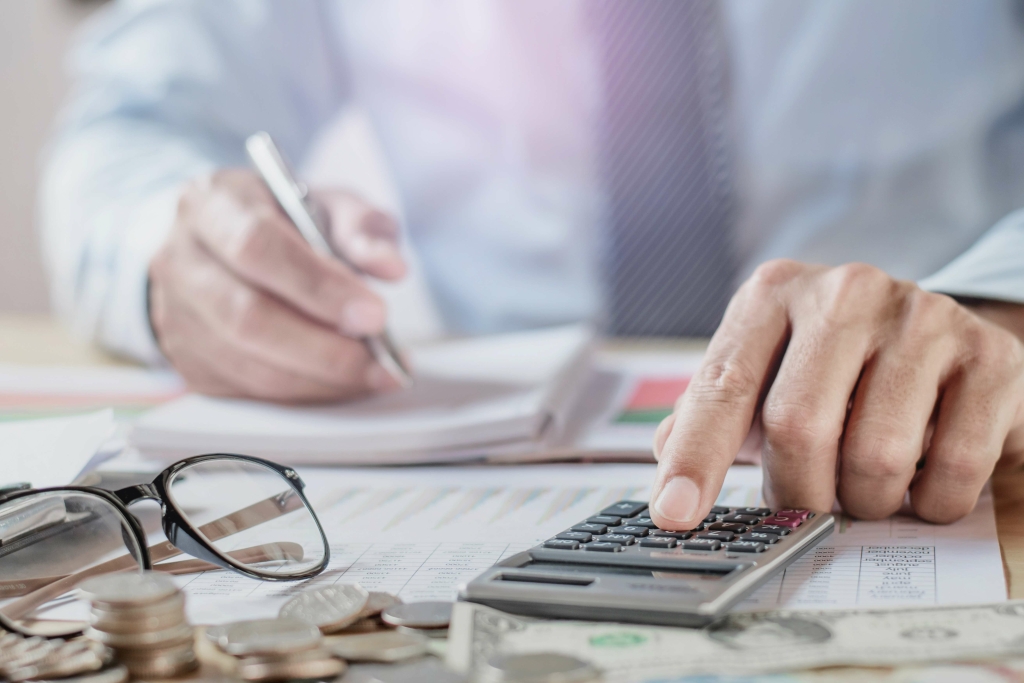


Recent Comments